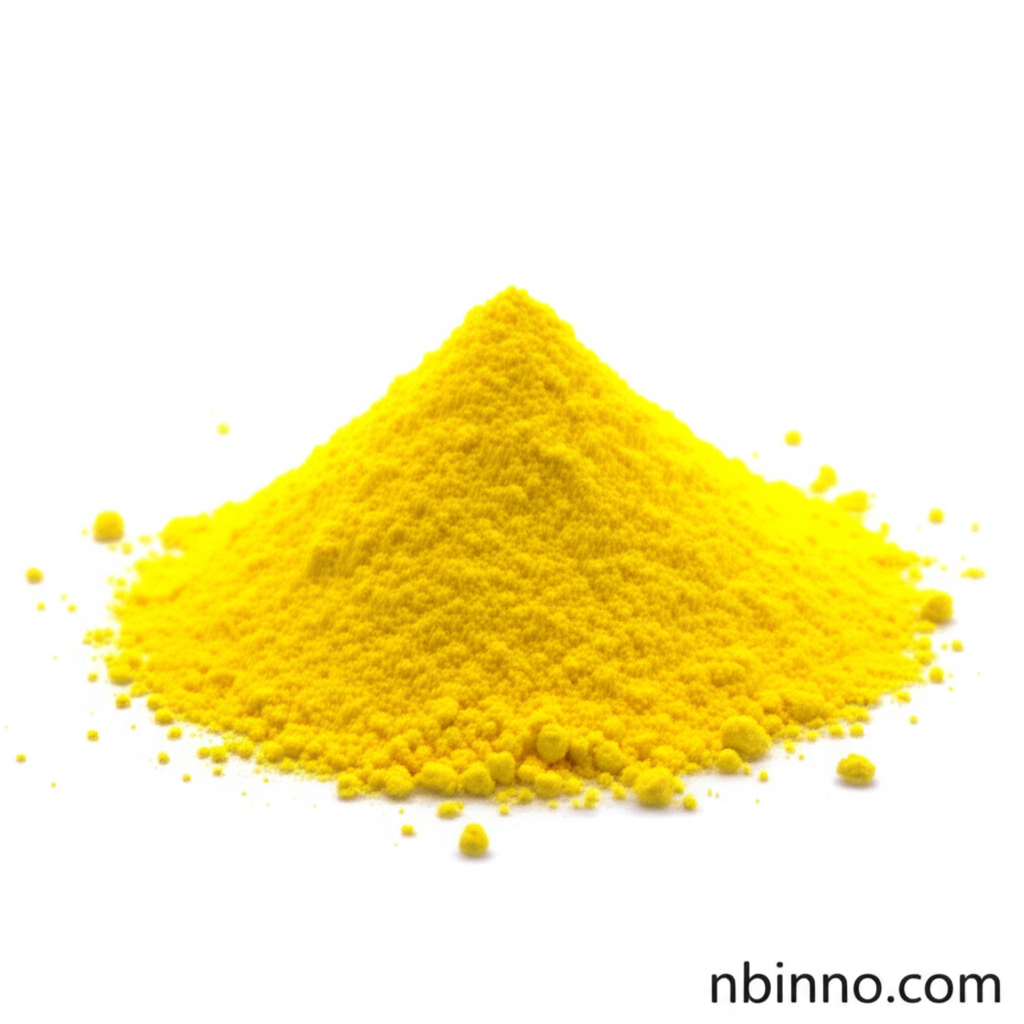Anthraquinone CAS 84-65-1: A Cornerstone for Vibrant Dyes and Efficient Paper Production
Discover the essential role of Anthraquinone (CAS 84-65-1) as a key intermediate in creating a spectrum of synthetic dyes and its significant impact on improving paper pulping processes. Explore its chemical versatility and industrial importance.
Get a Quote & SampleProduct Core Value

Anthraquinone
Anthraquinone (CAS 84-65-1) is a vital organic compound, serving as a fundamental building block for an extensive array of synthetic dyes and acting as a critical additive in the paper industry. Its unique molecular structure allows for versatile chemical modifications, enabling the production of diverse colors and functionalities essential for textiles, paints, and plastics. As a reliable supplier in China, we ensure the high purity and consistent quality of Anthraquinone, supporting your manufacturing needs.
- High-purity Anthraquinone: Essential for producing a wide range of anthraquinone dyes, including disperse, acid, and vat dyes, ensuring vibrant and long-lasting colors.
- Pulping Agent Enhancements: Optimizes the paper pulping process by reducing alkali usage and shortening cooking times, thereby increasing pulp yield and reducing waste load, crucial for efficient paper pulp cooking agent applications.
- Hydrogen Peroxide Production: Serves as a key raw material in the manufacturing of high-concentration hydrogen peroxide, a widely used industrial chemical.
- Versatile Chemical Intermediate: Its applicability extends to various organic synthesis pathways, making it a cornerstone for developing new chemical formulations and materials.
Advantages Offered by Anthraquinone
Enhanced Dye Synthesis
Leverage Anthraquinone's role as a premier dye intermediate to unlock a vast palette of synthetic dyes, guaranteeing superior color fastness and brilliance in your textile and coloring applications.
Improved Pulping Efficiency
Utilize Anthraquinone as a potent paper pulp cooking agent to streamline your paper production. Achieve higher yields and faster processing, contributing to cost savings and environmental benefits.
Chemical Process Optimization
As a crucial hydrogen peroxide raw material, Anthraquinone facilitates efficient production processes, ensuring a steady supply of this essential chemical for various industrial uses.
Key Applications
Dye Manufacturing
Anthraquinone is fundamental for the creation of a broad spectrum of synthetic dyes, including disperse, acid, and vat dyes, which are critical in the textile industry. Its use ensures high performance and color stability.
Pulp and Paper Industry
Functioning as a paper pulp cooking agent, Anthraquinone enhances delignification, reduces alkali consumption, and shortens cooking times, leading to improved pulp yield and quality.
Chemical Production
It is a key precursor for producing hydrogen peroxide, a compound with widespread applications in bleaching, disinfection, and chemical synthesis.
Organic Synthesis
The compound's inherent chemical reactivity makes it an invaluable intermediate in various organic synthesis pathways for creating complex molecules and specialty chemicals.
